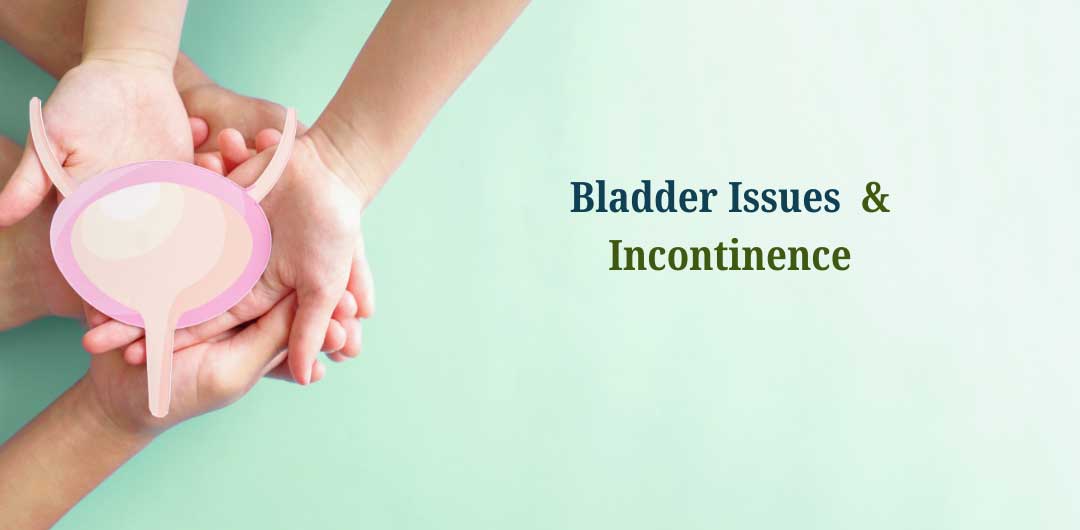Bladder Issues & Incontinence: Understanding and Managing the Condition

Bladder issues, particularly incontinence, affect millions worldwide, impacting quality of life and emotional well-being. Incontinence refers to the involuntary leakage of urine, and it can stem from various bladder problems. Understanding the types, causes, and treatments of bladder issues and incontinence is crucial for effective management and improving daily life.
Types of Incontinence
There are several types of urinary incontinence, each with distinct characteristics. Stress incontinence occurs when physical activities like coughing, sneezing, or exercising put pressure on the bladder, causing leakage. Urge incontinence, often called overactive bladder, involves a sudden, intense urge to urinate followed by involuntary leakage. Overflow incontinence happens when the bladder doesn’t empty completely, leading to frequent dribbling. Mixed incontinence combines symptoms of stress and urge incontinence, while functional incontinence arises from physical or cognitive impairments that prevent timely bathroom access.
Causes and Risk Factors
Symptoms and Diagnosis
Treatment Options
Treatment for bladder issues and incontinence varies based on the type and severity. Behavioral therapies are often the first step: bladder training involves scheduled voiding to increase bladder capacity, while pelvic floor exercises (Kegels) strengthen muscles to reduce leakage. Lifestyle changes, such as weight loss, smoking cessation, and reducing bladder irritants like caffeine, can significantly improve symptoms. Medications like anticholinergics (e.g., oxybutynin) or beta-3 agonists (e.g., mirabegron) help manage overactive bladder by relaxing bladder muscles. For stress incontinence, devices like vaginal pessaries or urethral inserts provide support.
